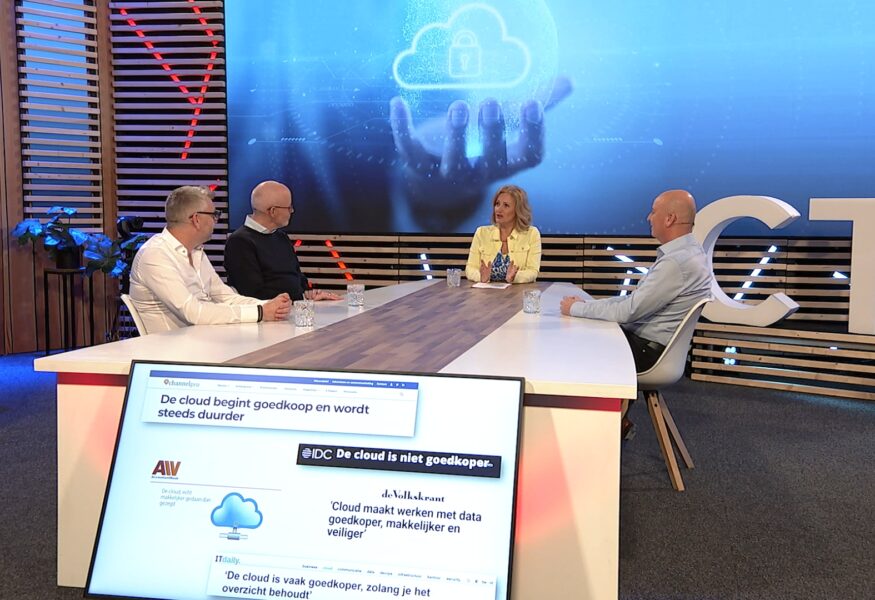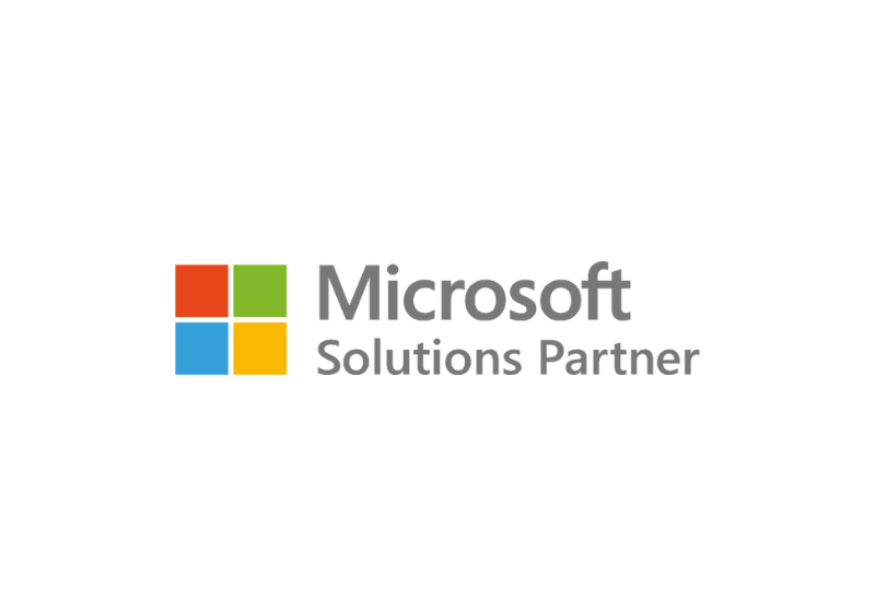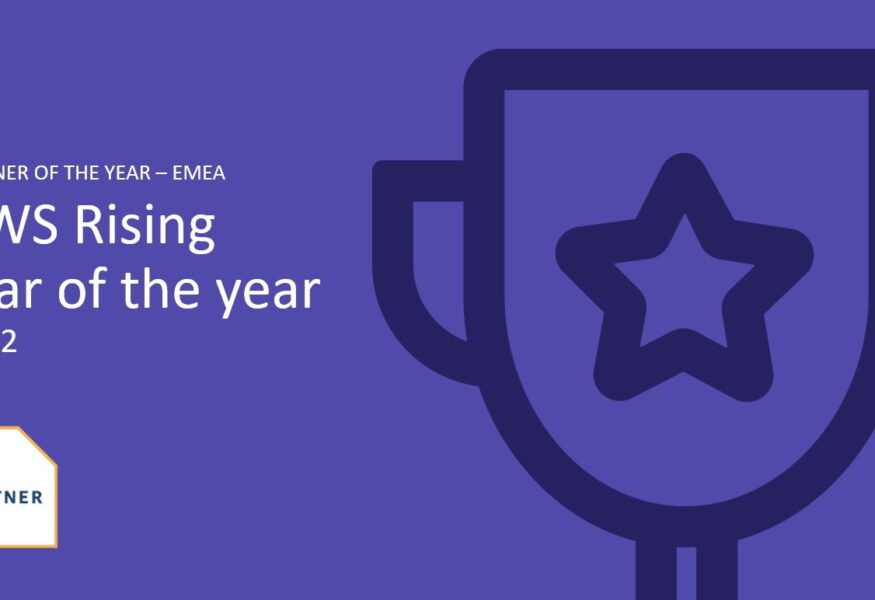When you invest in software, you want to maximise the return and minimise the risk. It is important to have a clear overview of the investments you have made in specific applications and, above all, in licenses. In this blog post, Annemieke Matyas, SAM consultant at Ctac, explains the points to consider for licences along with the associated challenges and opportunities.
Correct licence use in an on-premises situation
In a traditional on-premises context, an organisation was given “licence keys” to be able to work with the applications. This made it possible to install an application without any restrictions. The danger here is that the organisation will one day no longer be compliant – more often than not due to a lack of awareness rather than doing so intentionally. If you are still working with an on-premises server (whether in part or in full), it is therefore very important to have a process in place for verification purposes: what do you have, what do you use, and do you need to uninstall software or buy more licences?
Pay per use in the cloud – but keep this in mind
In the cloud, the situation is different: it is a pay-per-use model. If a user has not been assigned a licence, they will not be able to work. This makes things a lot easier. However, there is a catch here, too. Some applications, such as those developed by Microsoft, are not provided at user level, but at environment level. However, this does not mean that all users are automatically authorised to use the application. As the manager, it is therefore important to know if all compliance and security matters are properly covered.
Hybrid environment
While it may feel like a hybrid environment presents many challenges, it also brings opportunities. Some organisations prefer to move to the cloud step by step. Under this arrangement, there are certain cloud licenses that can also offer hybrid rights. If you buy the right licences, you can use an application in an on-premises environment as well as in the public and private cloud. In other words, this licensing model may well be of interest to you.
Legacy
It is also often the case that an organisation will still have several legacy licenses. Do not throw these out straight away! Have you ever purchased licences from Microsoft with software assurance? If so, your organisation may be able to use your Windows Server or SQL Server licences for Azure, for example. That is why it can be a good idea for an organisation to maintain software assurance for certain services. It can yield significant savings.
Azure Cost Management
As a rich and varied platform, Microsoft Azure offers a wealth of opportunities for organisations. The costs incurred for Azure will only increase rapidly if you do not have a policy for this. Azure Cost Management offers the possibility of maintaining a clear overview of both the costs and the environment by using tags and budgets. As an organisation, you need to set this up yourself. Significant cost savings are often possible here. Examples include taking a critical look at whether an environment truly needs to be available 24/7, using Reserved Instances for one to three years, taking advantage of hybrid use rights when using your own license subscription/SA, and using Azure Spot VMs to make use of computing capacity at substantial discounts.
Curious?
This is a a complex matter, with challenges and opportunities where you least expect them. At Ctac, software asset management is built on three pillars: business processes, the use of applications, and ongoing compliance with laws and rules. Would you like us to take a critical look with you at where your money is going? Curious to find out where you have invested in applications and whether your licences are still adequate and correct? Most important of all: are you actually compliant? We will be happy to help you with a licence assessment. Feel free to contact us without obligation.











